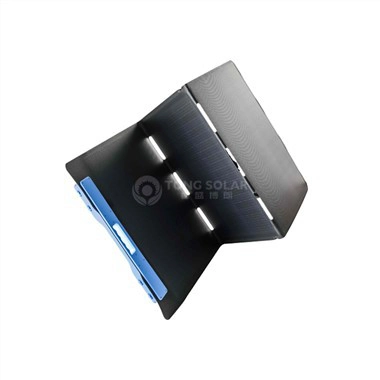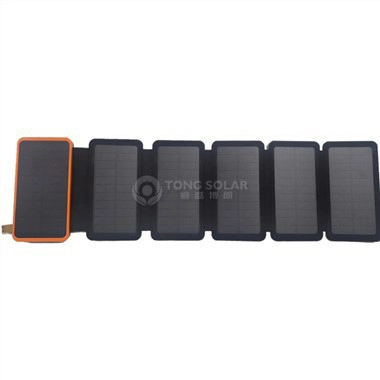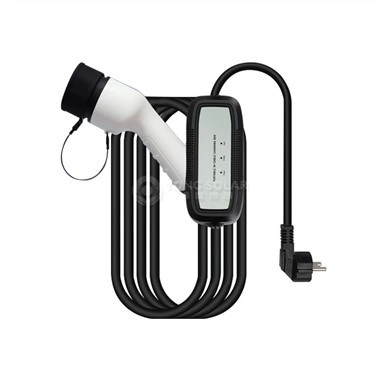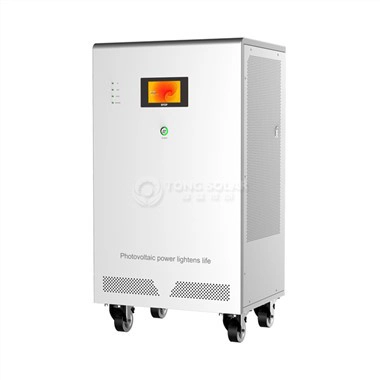What Safety Features Are Included In A Lifepo4 Battery Generator?
2024-04-24 13:11:57
In the realm of portable power solutions, safety stands as a paramount concern for both consumers and manufacturers. Given the versatility and eco-friendliness of LiFePO4 (Lithium Iron Phosphate) battery generators, understanding the incorporated safety features is crucial. Leading brands invest significant resources in developing robust safety measures to ensure reliable and worry-free operation. This article will explore the vital safety attributes found in the LiFePO4 battery generator, empowering you with valuable insights for informed decision-making. From advanced battery management systems to thermal runaway prevention techniques, these safety measures are indispensable for safeguarding the equipment and its users, establishing these products as dependable and secure power sources for diverse applications.
How do battery management systems enhance the safety of LiFePO4 battery generators?
Incorporating a dependable battery management system (BMS) is essential for boosting the safety and effectiveness of LiFePO4 battery systems. Acting as a pivotal element, the BMS safeguards the lithium-ion battery pack, guaranteeing peak performance and functionality. At the core of every LiFePO4 battery generator, the sophisticated BMS acts as an intelligent control unit responsible for monitoring and controlling the charging and discharging processes of the battery system. By continuously overseeing key parameters such as voltage, temperature, and current flow, the BMS plays a pivotal role in maintaining the battery pack's health and safety.
One of the primary functions of the BMS is to prevent overcharging, which can result in battery deterioration, overheating, and potential safety hazards. By continuously monitoring the battery status in real-time, the BMS promptly identifies when the battery approaches its safe charge limit and takes action to cease the charging process, mitigating any potential negative outcomes.
The BMS safeguards against over-discharging, a condition that can harm the battery cells and diminish their longevity. By monitoring the battery's discharge level and implementing safeguards to prevent it from dropping below a critical threshold, the BMS ensures the battery remains within safe operating limits, prolonging its lifespan and reliability.
If an internal short circuit occurs, the BMS promptly detects abnormal current flow, isolates the battery, and averts further damage or safety hazards like thermal runaway. Many products incorporate thermal management within the BMS to efficiently monitor and regulate battery temperature. Utilizing sensors and controls, these systems can trigger cooling actions, modify charge/discharge rates, or pause operations to prevent overheating, safeguarding battery performance and ensuring safety.
What safety measures are in place to protect against electrical hazards?
Ensuring electrical safety is a paramount concern for manufacturers of products. These devices are equipped with a range of safety features to protect users from potential electrical hazards, including shocks, surges, and short circuits.
One crucial safety measure involves the implementation of ground fault circuit interrupters (GFCI) on the AC outlets. These GFCIs are specifically designed to swiftly detect and interrupt any ground faults or leakage currents, effectively preventing electrical shocks and potential fires.
The LiFePO4 battery generator incorporates built-in surge protectors and fuses within its electrical circuits. These critical components serve to safeguard the internal electronics and connected devices from damage caused by electrical surges or spikes, which may arise from events such as lightning strikes or power fluctuations.
Reputable manufacturers prioritize adherence to stringent safety standards and certifications, such as UL, CE, or FCC. By meeting these rigorous quality and safety requirements, these certifications provide consumers with additional assurance regarding the product's reliability and safety.
Why are pure sine-wave inverters important for sensitive electronics?
Pure sine wave inverters play a critical role in powering sensitive electronics due to their ability to generate an AC output that closely mimics the smooth and continuous waveform of electricity provided by utility grids. This clean and stable power supply is essential for ensuring the flawless operation and prolonged lifespan of delicate electronic devices, ranging from laptops and medical equipment to audio and video gear.
When it comes to the LiFePO4 battery generator, the choice of using pure sine wave inverters significantly impacts the overall performance and safety of connected electronics. These inverters excel at delivering high-quality power that matches the standards set by traditional grid electricity. Unlike modified sine wave inverters that produce a square wave output, which can introduce interference and audible noise and potentially harm sensitive devices over time, pure sine wave inverters offer a reliable and consistent power flow that minimizes risks to electronic equipment.
By integrating pure sine wave inverters into them, users can enjoy a more secure and dependable power source for their sensitive electronics. The use of pure sine wave technology helps reduce the likelihood of electromagnetic interference (EMI) and ensures optimal functionality of electronic gadgets, even in demanding applications.
Whether in a home setting where precision instruments require stable power or in outdoor scenarios where portable electronics need to operate flawlessly, the inclusion of pure sine wave inverters provides peace of mind and reliability. This commitment to quality power conversion not only safeguards valuable electronics but also enhances the overall user experience by offering a seamless and efficient energy solution that meets the demanding needs of modern technology.
Other Safety Considerations:
In addition to the core safety features discussed above, reputable manufacturers of products often incorporate several other design elements and safety mechanisms to enhance reliability and user protection. These may include:
1. Durable and impact-resistant outer casings made from high-quality materials like ABS plastic or aluminum alloy.
2. Integrated carry handles or ergonomic designs for easy and safe transportation.
3. Clear and intuitive display panels or LCD screens that provide real-time information about battery levels, output status, and any potential error conditions.
4. Comprehensive user manuals and clear safety instructions to guide proper usage and maintenance.
By considering these various safety aspects, users can have greater confidence in the reliability and longevity of their LiFePO4 battery generator, ensuring a safe and dependable source of power for their electronic devices and appliances.
References:
1. "Safety Features of LiFePO4 Battery Generators" by Renogy (https://www.renogy.com)
2. "Prioritizing Safety in LiFePO4 Battery Generators" by EcoFlow (https://www.eco-flowtech.com)
3. "The Importance of Pure Sine Wave Inverters in LiFePO4 Battery Generators" by Jackery (https://www.jackery.com)
4. "LiFePO4 Battery Generator Safety Features: A Comprehensive Guide" by Anker (https://www.anker.com)
5. "How to Use a LiFePO4 Battery Generator Safely"—Wirecutter (https://www.nytimes.com)







